Polar Bear (Ursus maritimus)
Polar Bear (Ursus maritimus)
The Polar Bear is the largest living land carnivore and a powerful predator adapted to the extreme Arctic environment. This iconic species relies on sea ice for hunting, making it highly vulnerable to climate change.
Physical Characteristics
- Size:
- Males: 2.4–3 meters (8–10 feet) long, weighing 400–700 kg (880–1,540 lbs).
- Females: 1.8–2.4 meters (6–8 feet) long, weighing 150–400 kg (330–880 lbs).
- Fur & Skin:
- Appears white, but fur is actually translucent, reflecting light.
- Skin is black to absorb heat from the sun.
- Thick layer of blubber (up to 10 cm/4 inches) for insulation.
- Paws & Claws:
- Large, webbed paws (30 cm / 12 in wide) for swimming and walking on ice.
- Sharp claws and rough paw pads for grip on slippery surfaces.
Habitat & Distribution
- Found in the Arctic Circle, including Canada, Alaska (USA), Greenland, Russia, and Norway (Svalbard).
- Relies on sea ice for hunting seals, resting, and traveling.
- Climate change is reducing sea ice, threatening their survival.
Diet & Hunting
- Carnivorous apex predator, primarily eating ringed seals and bearded seals.
- Uses stealth and patience to hunt:
- “Still hunting” – waits by ice holes for seals to surface.
- Ambushing seals on ice or breaking into dens.
- Can eat up to 45 kg (100 lbs) of fat in one meal.
Behavior & Adaptations
- Excellent swimmer – can swim over 60 miles (100 km) at 6 mph (10 km/h).
- Can fast for months when food is scarce.
- Solitary, except for mothers with cubs.
- Communicates with body language, vocalizations, and scent marking.
Reproduction & Lifecycle
- Mating season: April–May.
- Females enter maternity dens in winter and give birth to 1–3 cubs (usually 2).
- Cubs stay with the mother for ~2.5 years, learning to hunt and survive.
Conservation Status & Threats
- Status: Vulnerable (IUCN Red List).
- Biggest Threats:
- Climate change – melting ice reduces hunting grounds.
- Pollution – toxins accumulate in their fat from prey.
- Human conflicts – increased interaction due to habitat loss.
How to Help?
- Reduce carbon emissions to slow climate change.
- Protect Arctic habitats and limit industrial activities.
- Support conservation programs working to protect polar bears.
Interesting Facts
- Can smell a seal from over 1 km (0.6 miles) away.
- Can overheat despite cold temperatures, so they sometimes swim to cool off.
- Have 42 teeth, with powerful canines for tearing meat.
- Despite their size, they are incredibly quiet and stealthy hunters.
Summary
The Polar Bear (Ursus maritimus) is a powerful Arctic predator that depends on sea ice for hunting. However, climate change is rapidly reducing their habitat, making conservation efforts crucial for their survival.

Here’s an in-depth look at the Polar Bear (Ursus maritimus), inspired by Wildpix’s recent post and expanded with scientific context:
🐻 Wildpix & Erik Karits Highlights
- The stunning Wildpix images capture key details: the bear’s thick insulating blubber, translucent coat, powerful limbs, and adept webbed paws for paddling on ice and in water. The Arctic shoreline backdrop underscores its habitat reliance. (karits.eu)
📏 Physical Adaptations
- Size & Build: Males measure 2.4–3 m long and weigh 400–700 kg; females typically range 1.8–2.4 m and 150–400 kg (karits.eu).
- Coat & Insulation: Though appearing white, the fur is translucent, and black skin absorbs sunlight. Up to 10 cm of blubber provides thermal protection (karits.eu).
- Paws & Swimming: Large (~30 cm), slightly webbed paws and hollow fur aid swimming—polar bears can swim over 60 miles (100 km) at ~6 km/h (karits.eu).
🌍 Ecology & Behavior
- Marine Carnivore: Occupies sea ice zones across the Arctic—Canada, Alaska, Greenland, Russia, Norway (karits.eu).
- Diet & Hunting: Primarily eats seals, using stealth—waiting at breathing holes or ice edges—and occasionally preys on walrus or whales. During ice-free seasons, dieting expands to birds, fish, berries (en.wikipedia.org).
- Life History: Females mate in April–May, enter dens for 9 months, and typically birth 1–3 cubs, raising them for ~2 years (en.wikipedia.org).
- Solitary Life: Mostly loners, except mothers with cubs; they accumulate fat to endure fasting periods when ice—hunting platform—disappears (karits.eu).
🌡️ Conservation & Threats
- Status: Classified as Vulnerable by the IUCN, with an estimated 22,000–31,000 bears globally (en.wikipedia.org).
- Key Threats:
- Climate Change: Rapid sea ice loss reduces hunting grounds, causing malnutrition and longer fasting periods.
- Pollution: Bioaccumulation of harmful chemicals in fat layers impacts health.
- Human Conflict: Increased interactions as bears spend more time on land (en.wikipedia.org).
- Conservation Efforts: Legal protections (e.g. US Endangered Species Act, Marine Mammal Protection), restricted hunting quotas, Arctic habitat monitoring, and global climate action are in place .
🔎 Why This Matters
- Polar bears are apex Arctic predators and important ecological indicators. Their dependence on sea ice makes them a “canary in the coal mine” for understanding climate impacts. Conservation of their habitat supports broader Arctic ecosystem health.
🌱 Final Summary
Wildpix’s visuals offer a compelling glimpse into the polar bear’s physical grace and environmental niche. Backed by scientific evidence, we see a highly specialized marine mammal, brilliantly adapted to ice-driven hunting, now navigating unprecedented challenges. Protecting them necessitates safeguarding sea ice and reducing climate-altering emissions.
If you’d like to explore specific aspects—sea-ice telemetry studies, regional population trends, human–bear conflict, or Arctic photography expeditions—just let me know!
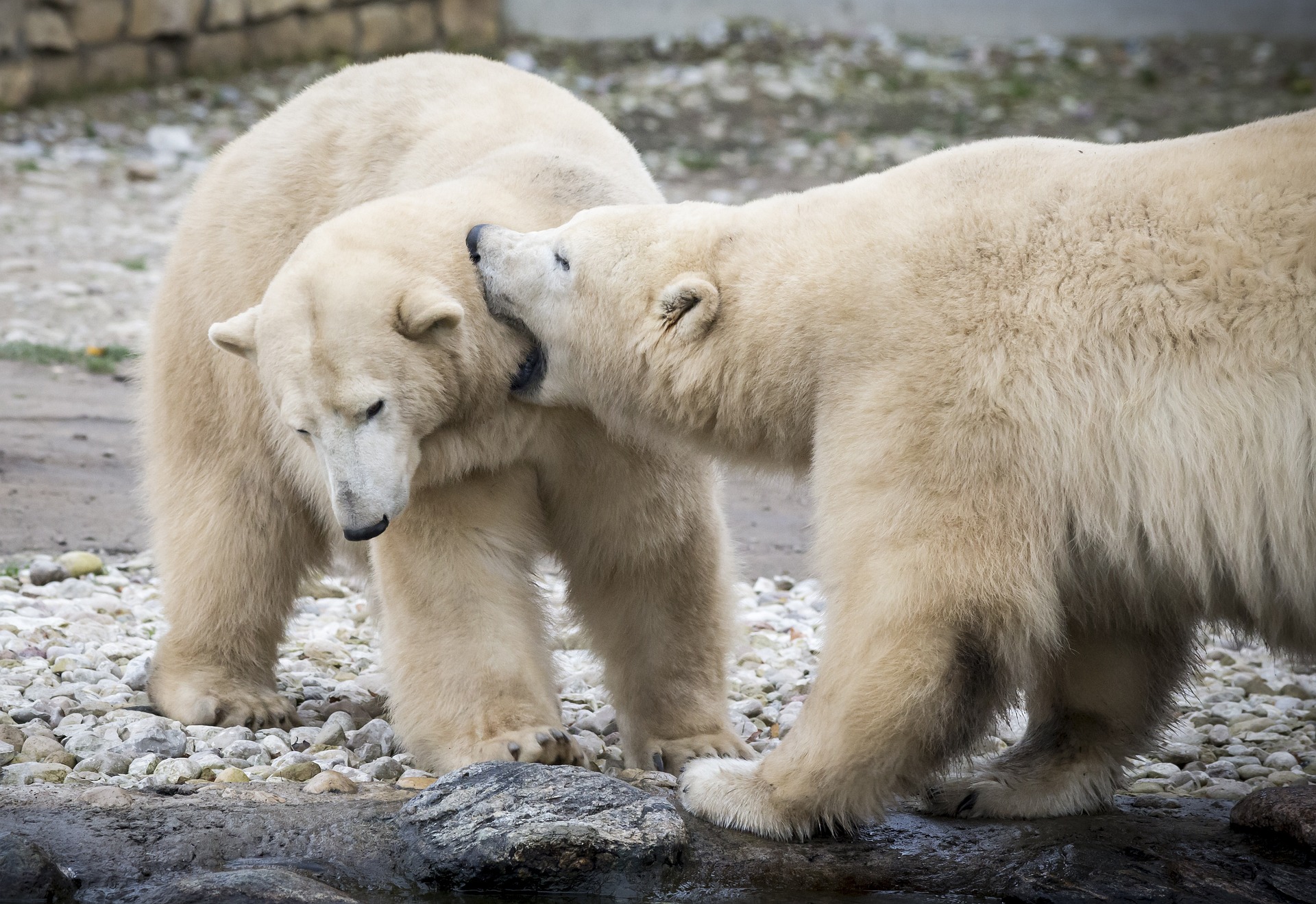
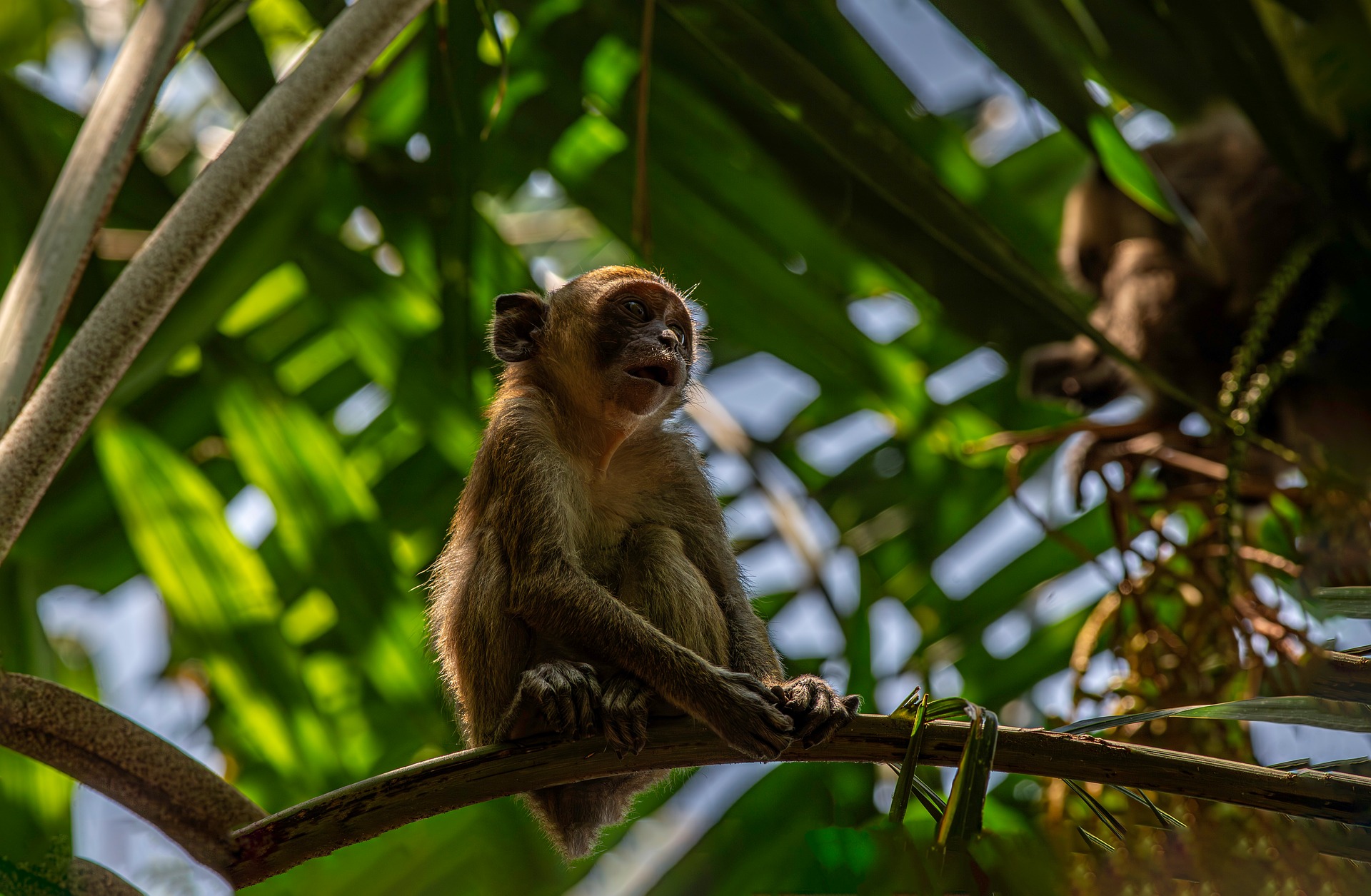
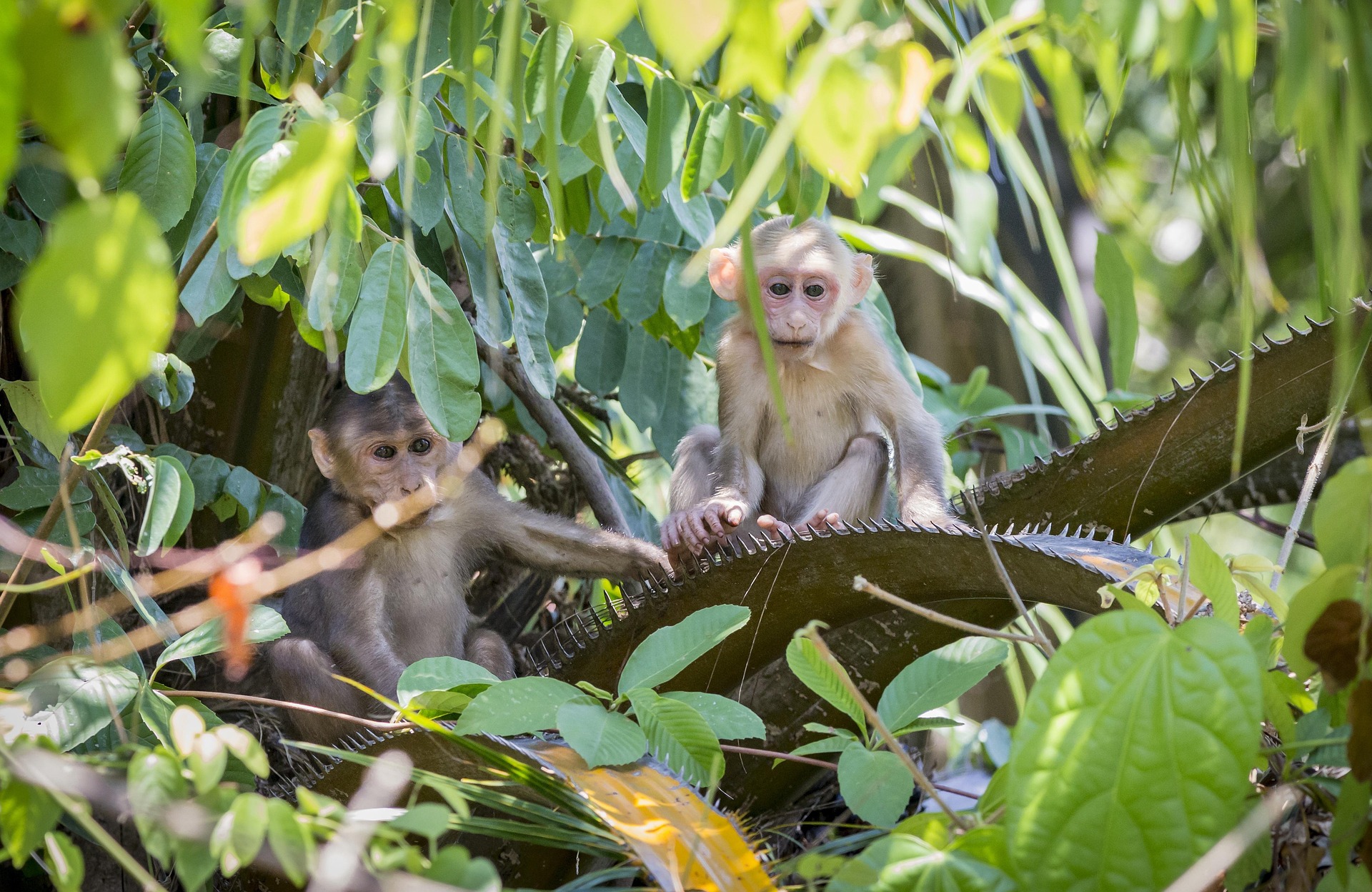
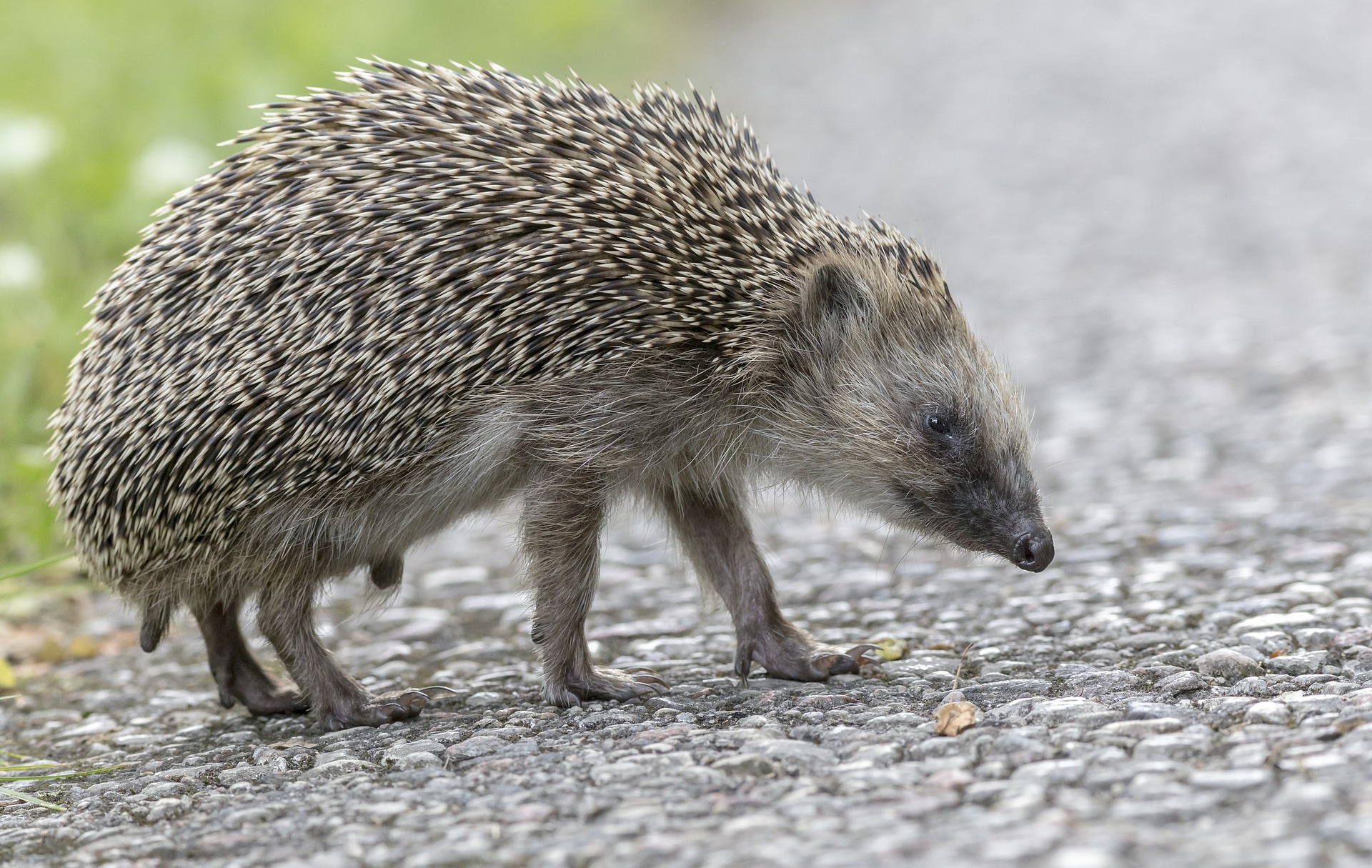
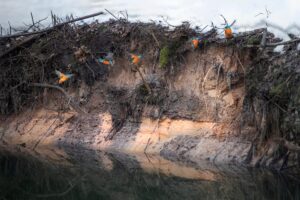
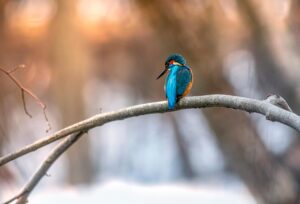
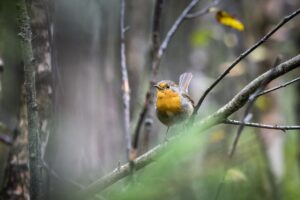
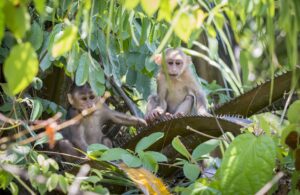
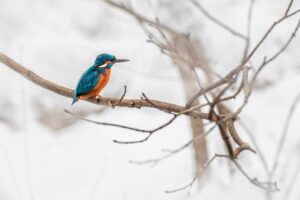
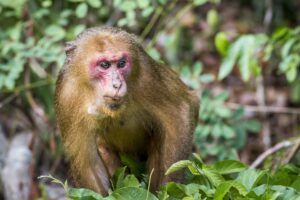
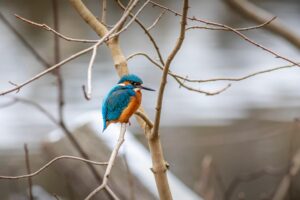
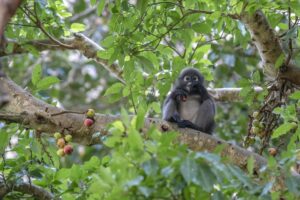
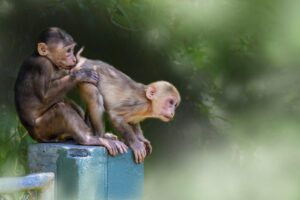
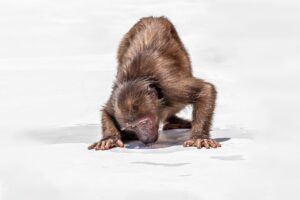
Post Comment